Long before skyscrapers, highways, or even modern cities rose across North America, a remarkable civilization was thriving in the arid corners of the American Southwest. From around 100 to 1300 CE, the Ancestral Puebloans once called the Anasazi built stone cities in cliffs, engineered complex communities in the desert, and aligned their lives with the rhythms of the stars.
Their legacy isn’t just etched into canyon walls or tucked inside ancient ruins. It continues to echo today in the living cultures of the modern Pueblo tribes, who still honor the knowledge, traditions, and spirit of their ancestors.
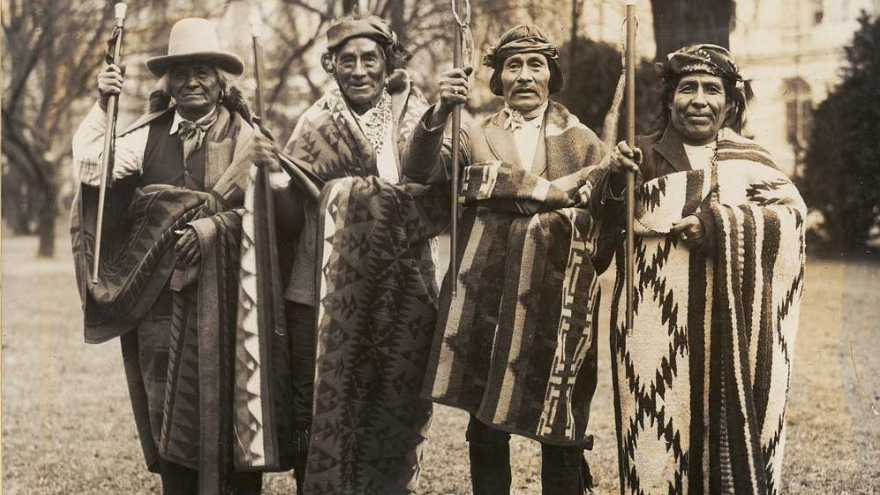
Cliffside Cities: Engineering in Stone and Adobe
One of the most striking achievements of the Ancestral Puebloans is their cliff dwellings multi-story stone homes built into the sides of steep canyons and mesas. Nowhere is this ingenuity more visible than in places like Mesa Verde in Colorado and Cliff Palace, where entire communities were tucked into natural rock alcoves high above the valley floor.
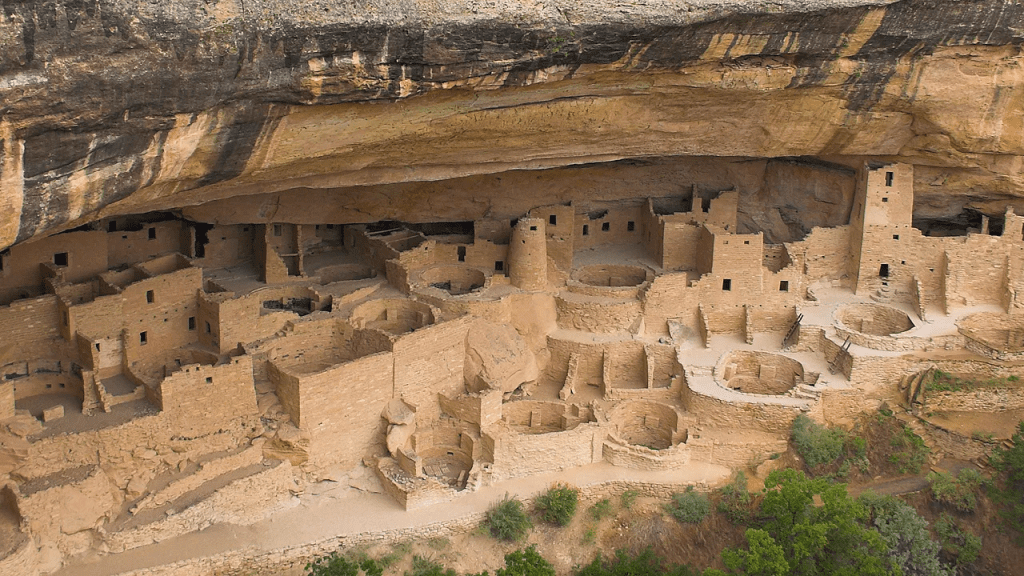
Using stone, adobe, and wooden beams, these ancient engineers built rooms for living, storage, and ceremony, often stacking them like apartment buildings. Ladders connected levels, and thick walls kept interiors cool in summer and warm in winter an architectural feat well ahead of its time.
Farther out in the open desert, the Puebloans also constructed great houses, like those found in Chaco Canyon, New Mexico. These weren’t just homes they were cultural and ceremonial centers, strategically placed and designed to bring people together.
Video:
Mesa Verde’s Cliffside Dwellings Show a Glimpse of History | National Geographic
Skilled Farmers in a Harsh Land
Farming in the desert isn’t easy, but the Ancestral Puebloans mastered it. They grew corn, beans, and squash, known as the “Three Sisters,” using techniques that conserved precious water in the arid climate. They built stone terraces, check dams, and reservoirs to capture rain and runoff. In some places, evidence of dry farming shows their deep understanding of soil and climate.
Their survival in such a rugged environment wasn’t just about tools or luck it reflected deep knowledge of the land, honed over generations.
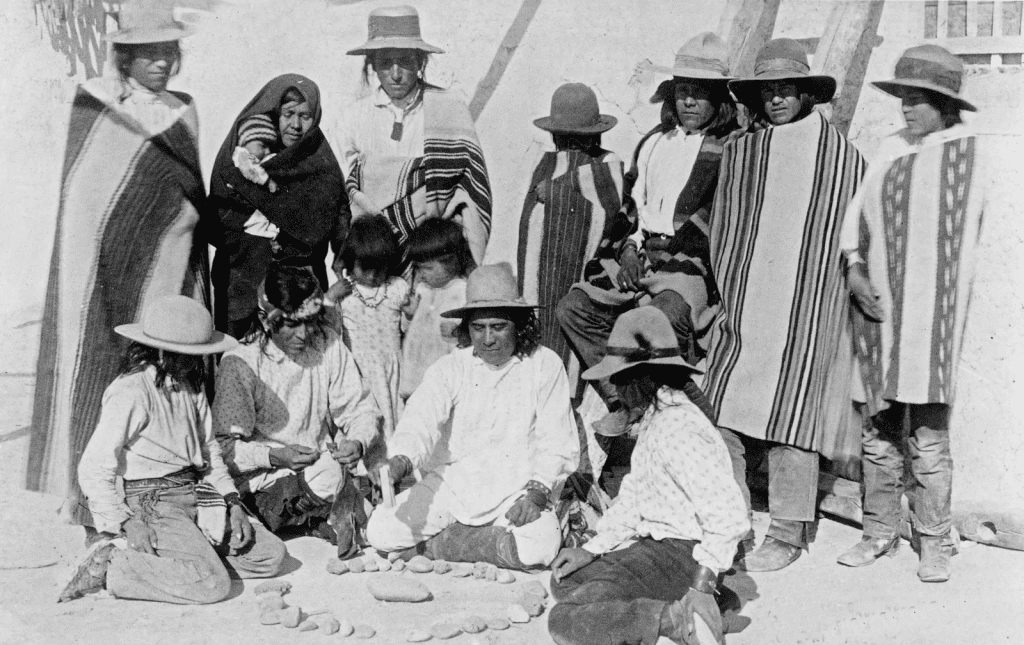
Watchers of the Sky: Ancient Astronomy
The Ancestral Puebloans didn’t just look at the stars for wonder they used them to guide life. Many of their buildings were aligned with solar and lunar events, such as solstices and equinoxes. One of the most famous examples is the Sun Dagger on Fajada Butte in Chaco Canyon, where shafts of light mark the solstice through perfectly placed rock slabs.
These alignments suggest a complex understanding of celestial patterns and seasonal cycles. It wasn’t simply superstition it was science, woven with spirituality, that helped guide planting, harvesting, and ceremonies.
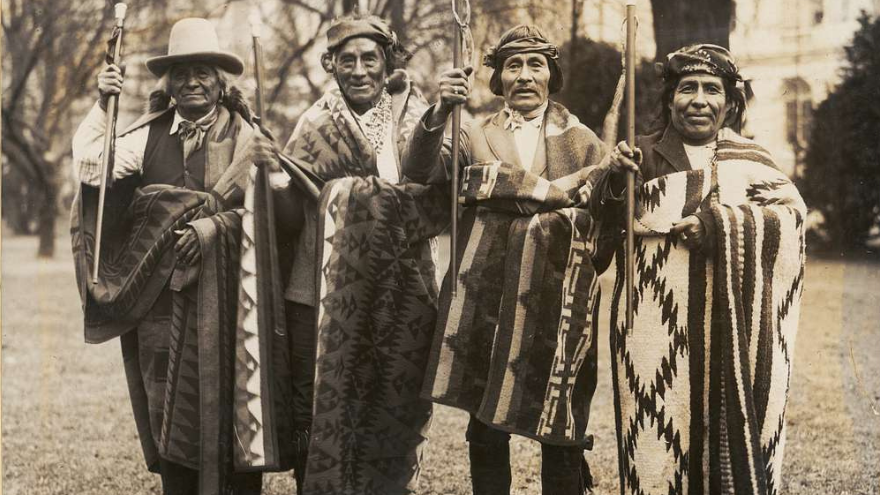
A Thriving Trade Network
Despite the harsh terrain, the Ancestral Puebloans were not isolated. In fact, they were part of a vast trade network that stretched from Mexico to the Great Plains. Archaeologists have found seashells, turquoise, cacao residue, and macaw feathers items that traveled hundreds, sometimes thousands of miles.
This wide-reaching exchange brought not just goods but ideas, art, and cultural practices, contributing to the richness of Ancestral Puebloan life.
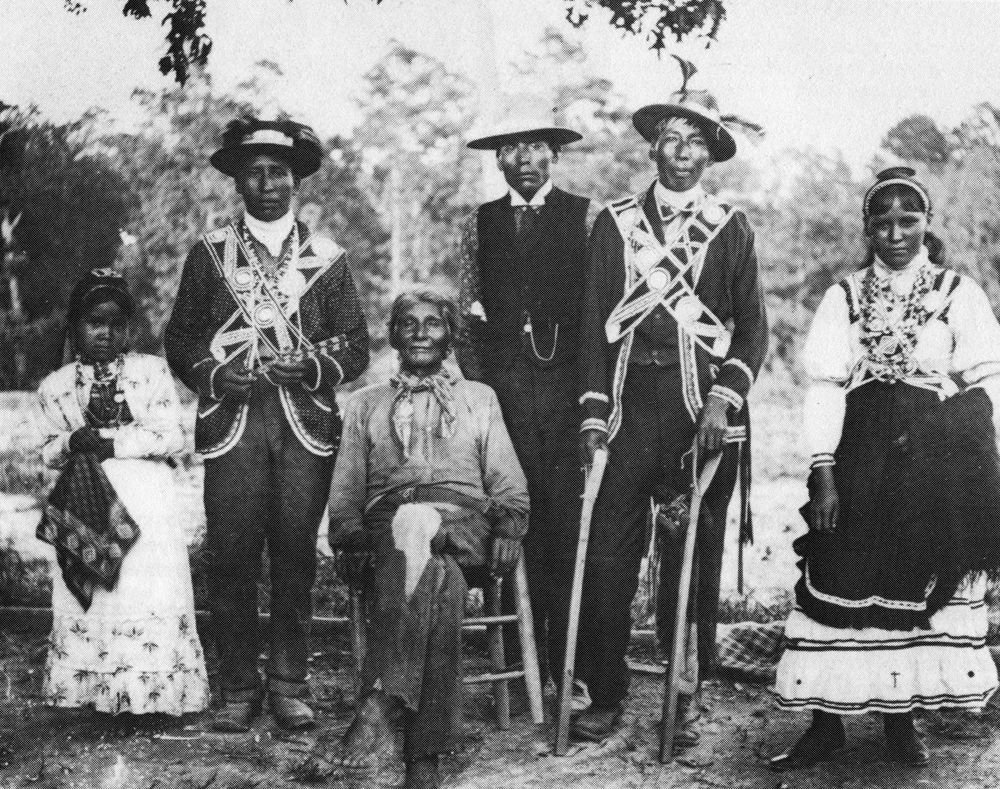
Ceremonial Centers and Kivas
At the heart of Puebloan communities were kivas circular, subterranean rooms used for spiritual ceremonies and community gatherings. These spaces weren’t just functional; they were symbolic, linking the people to their origins and to the cosmos.
Kivas were often built with a sipapu, a small hole in the floor representing the portal through which the ancestors emerged into the present world a powerful symbol of continuity and reverence for the past.
Video:
Ancestral Puebloans
The Mysterious Migration
By the late 1200s, many of these once-thriving communities were abandoned. The reasons are still debated: climate change, drought, resource depletion, social unrest, or spiritual transformation. But what is clear is that these people didn’t disappear they migrated, forming the basis of today’s Pueblo tribes in New Mexico, Arizona, and beyond.
Tribes like the Hopi, Zuni, and Taos Pueblo carry forward the customs, ceremonies, and languages of their ancestors. Oral histories speak of the migrations, the sacred places left behind, and the connections still felt to those ancient homes.
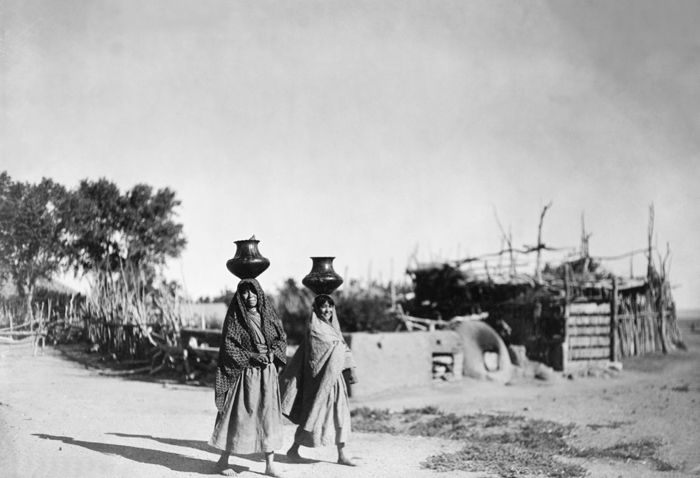
A Spirit That Still Lives
The story of the Ancestral Puebloans isn’t just about stone ruins or lost cities. It’s a story of resilience, adaptation, and enduring culture. Their achievements in architecture, astronomy, agriculture, and community organization continue to inspire.
And though their cliffside cities now stand silent, the spirit of their creators lives on in songs sung in Pueblo plazas, in corn planted in dry soil, and in every sunrise observed with reverence.
In remembering the Ancestral Puebloans, we don’t just look back we recognize a tradition that still walks among us, as alive and rooted as the desert stone itself.


